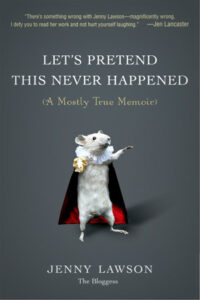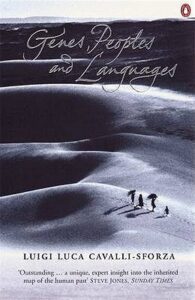 The Skeleton Cupboard, Tanya Byron
The Skeleton Cupboard, Tanya Byron
I’m generally fascinated about anything to do with psychology, so when I grabbed this book in a sale, I was very hopeful. That quickly died on reading just the very first chapter: she refers to trans people as “boys who want to be girls” and “ladyboys”, and remarks on that stupid cliché that oh, these men are prettier than her. She’s shaky on the correct pronouns, too — which always drives me crazy: even if you don’t “believe” in the existence of trans people (what?), what’s the point in hurting someone and disrespecting their wishes?
She’s meant to be a psychologist. And okay, at that time, there’s some leeway: trans people weren’t as well-accepted and understood, and she was just beginning her career as a psychologist. But she didn’t write the book at the beginning of her career, although goodness knows the naivete sometimes makes it seem like it. She should’ve known better.
The one thing I can commend her for is that despite all appearances in the actual narrative, she does explain beforehand that the people and cases described are composites, not any one single patient she had. Yay for some vestiges of respect for her patients and their confidentiality!
Overall, I rate this avoid avoid avoid.









